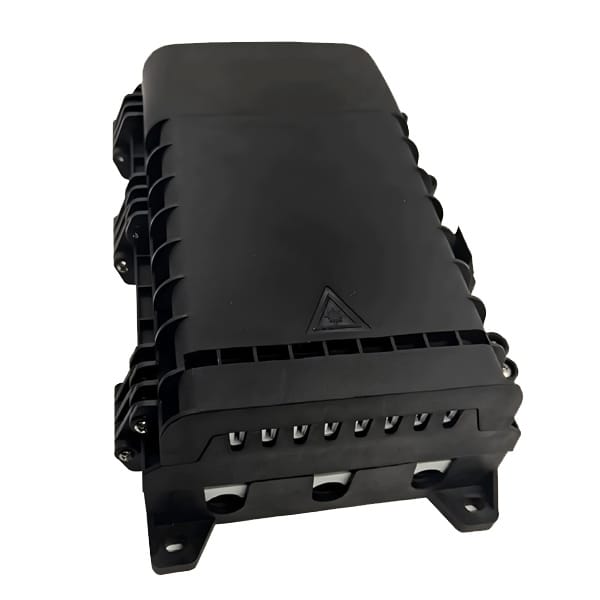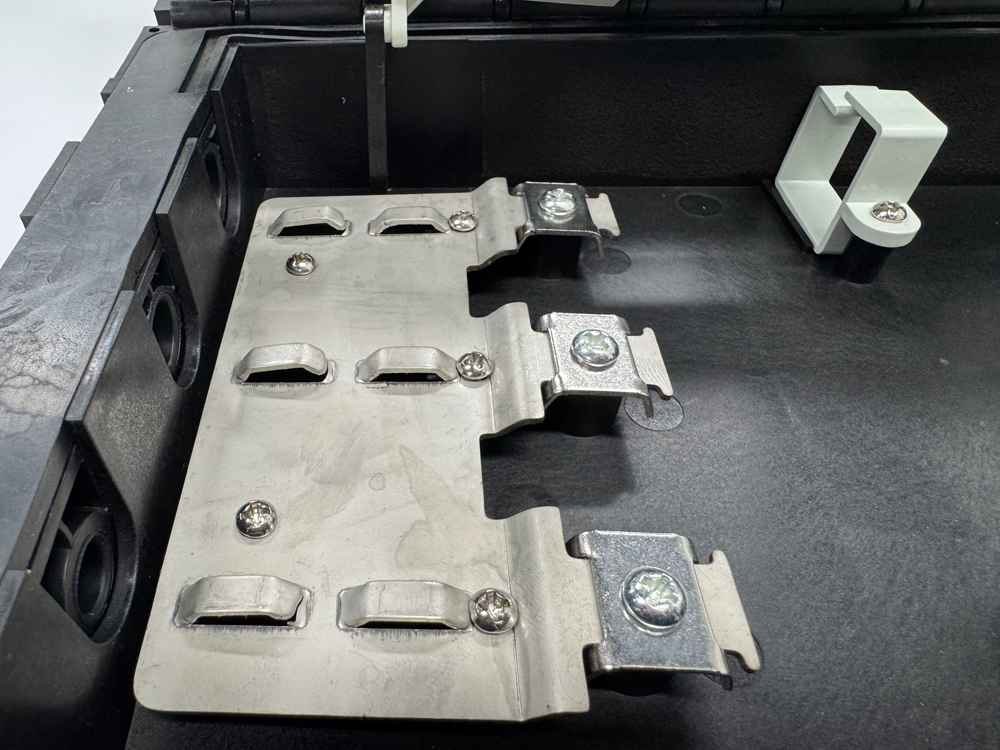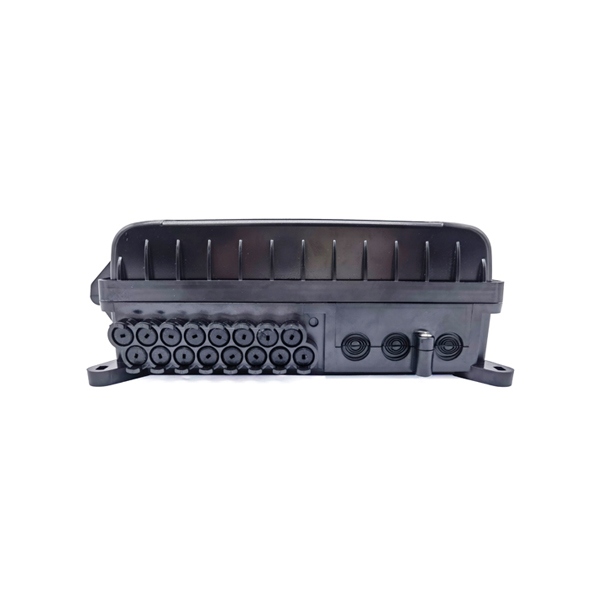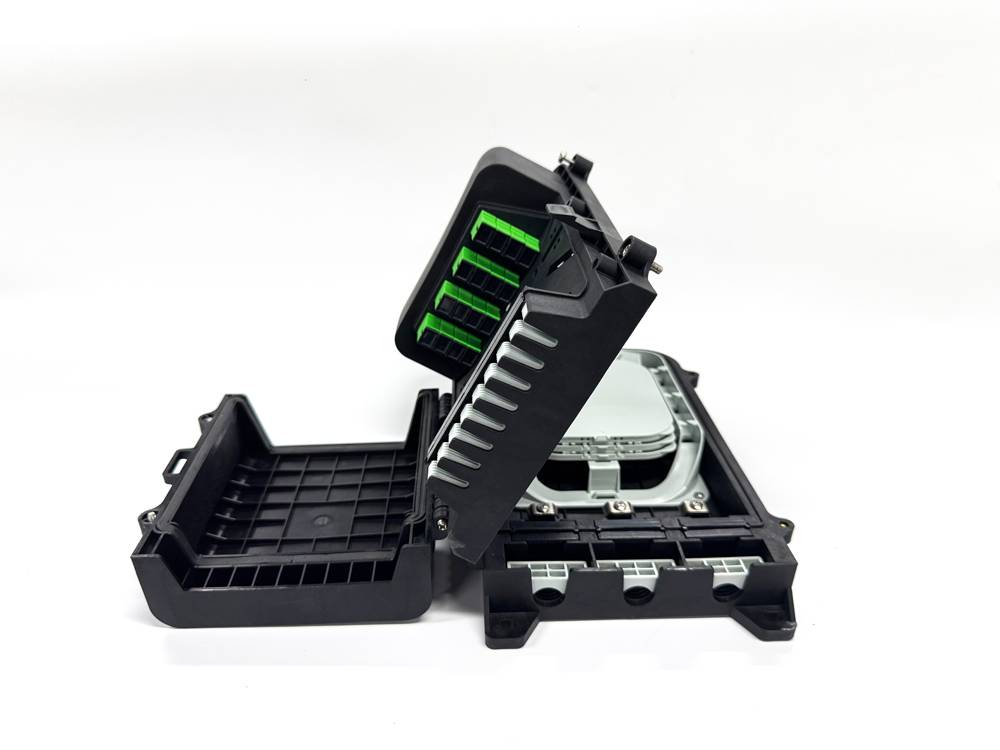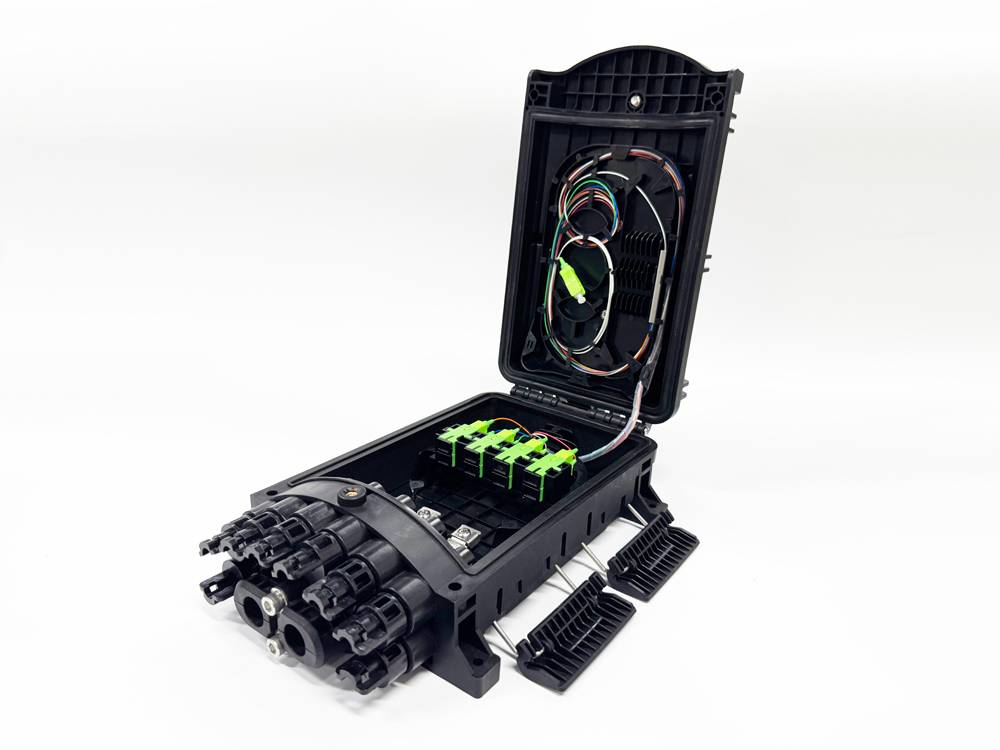With increasingly fierce global market competition, customers often focus solely on price, neglecting product quality. However, after years of use, many hidden issues have gradually become apparent. Therefore, we urge customers to choose quality manufacturers within limited budgets and avoid focusing solely on price. Failure to do so harms both suppliers and end users, ultimately damaging the company’s reputation.
Yingda is a professional manufacturer of fiber optic connectivty and fiber boxes. We prioritize quality, maintaining stringent quality control across all processes, from raw materials to semi-finished products to finished products, to eliminate inferior products at the source. So, how do you generally evaluate the quality of a fiber optic enclosure?
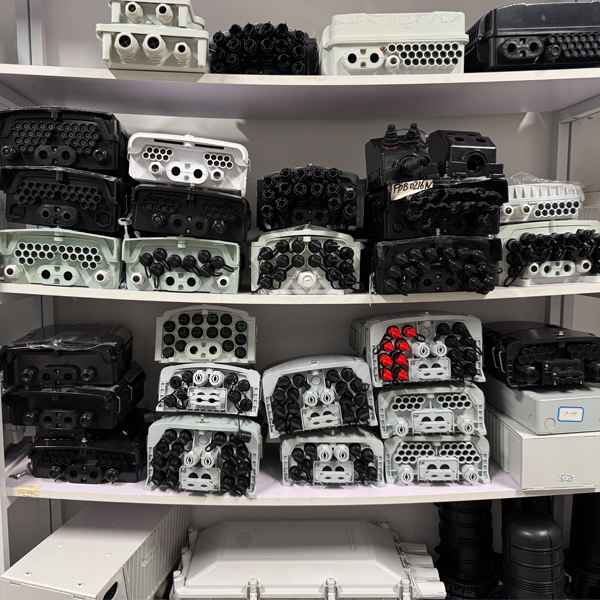
Because the quality of enclosure fiber optic (such as fiber patch panels, ftth box, optical fiber splice box, optical termination box) directly impacts network stability and maintenance efficiency, Yingda recommends considering the following comprehensive evaluation criteria when selecting a supplier or inspecting products:
Appearance and Structure
Material and Craftsmanship
- High-quality enclosures are typically made of cold-rolled steel or stainless steel (thickness ≥ 1.2mm), with an even, burr-free paint finish and strong corrosion resistance.
- Hardware such as door locks and hinges must be sturdy and flexible to avoid deformation or jamming due to long-term use.
- Currently, FTTH boxes are mostly made of high-strength plastics, such as PC, PC+ABS, PP+GF, and ABS. Different materials should be used to optimize fiber performance based on different market demands and scenarios.
Layout Design
- The interior should be clearly divided (splicing area, storage area, splitting area, wiring area) with clear labeling for easy operation and maintenance.
- Capacity expansion space should be reserved (e.g., if 50 fibers are required, choose an enclosure with a capacity of 60-80 fibers).
Optical Performance
Splice and Connection Quality
- Single-mode fiber splice loss ≤ 0.3dB, multimode ≤ 0.5dB; return loss ≥ 40dB for single-mode and ≥ 30dB for multimode.
- Adapter insertion loss ≤ 0.5dB, loss variation after repeated plugging and unplugging should be ≤ ±0.1dB.
Test Tool Verification
- Use an OTDR to check attenuation coefficient (≤ 0.25dB/km for single-mode fiber) and event point loss (e.g., < 0.1dB at the splice point).
- Excessive reflectance peak intensity (e.g., > -40dB) may indicate end-face contamination or damage.
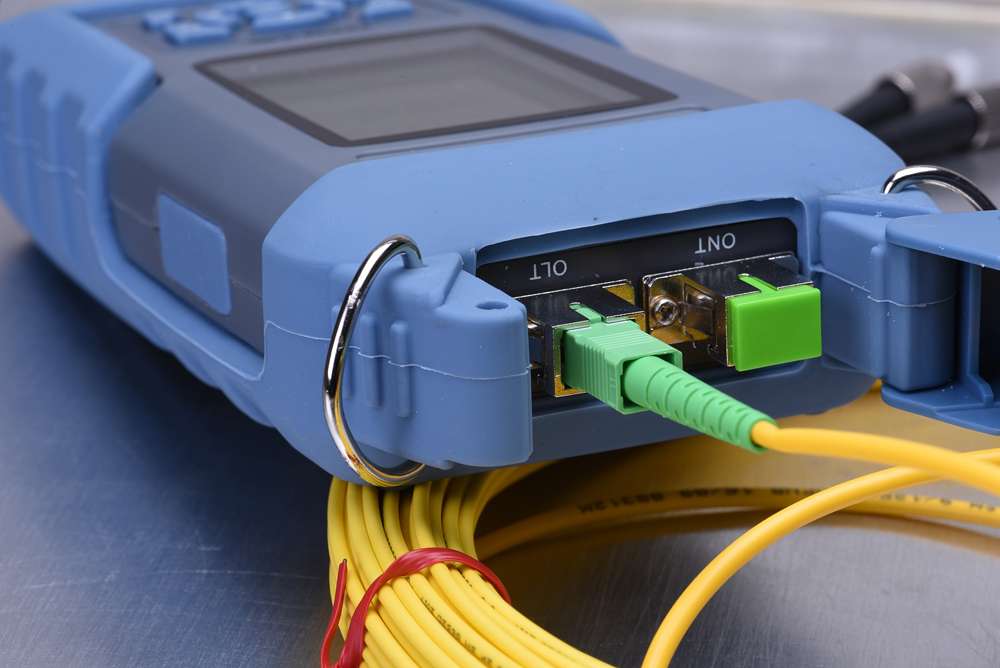
Environmental Adaptability
Heat Dissipation and Protection
- Ventilation holes must be equipped with dust screens to prevent dust accumulation that affects heat dissipation.
- Waterproof sealing (such as sealant) is required for outdoor installation. UV-resistant materials can extend service life.
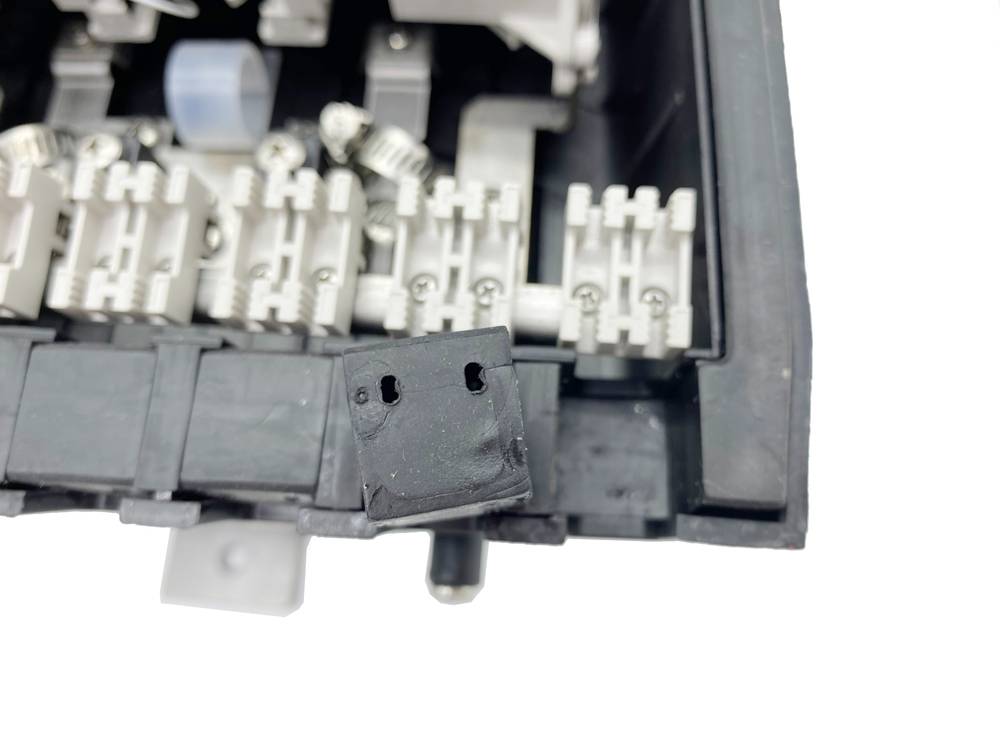
Mechanical Stability
- The optical fiber bend radius must be ≥ 30mm (single-mode) to avoid microbend losses.
- Secure the cables securely to prevent vibration or compression that may cause signal attenuation.
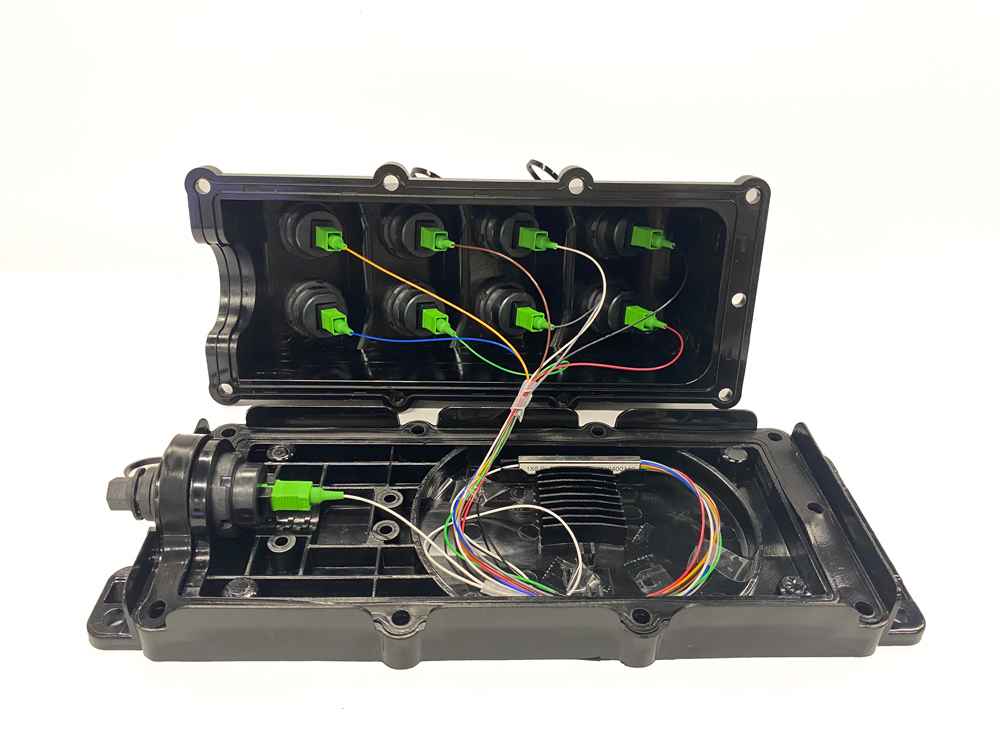
Practicality and Scalability
Interface Compatibility
- Confirm that the connector type (e.g., SC/LC/FC) on the box is compatible with the device to avoid mixing and increasing reflection loss.
- Desktop boxes are suitable for smaller installations (e.g., 4-12 ports), while wall-mounted boxes save space and are easier to manage.
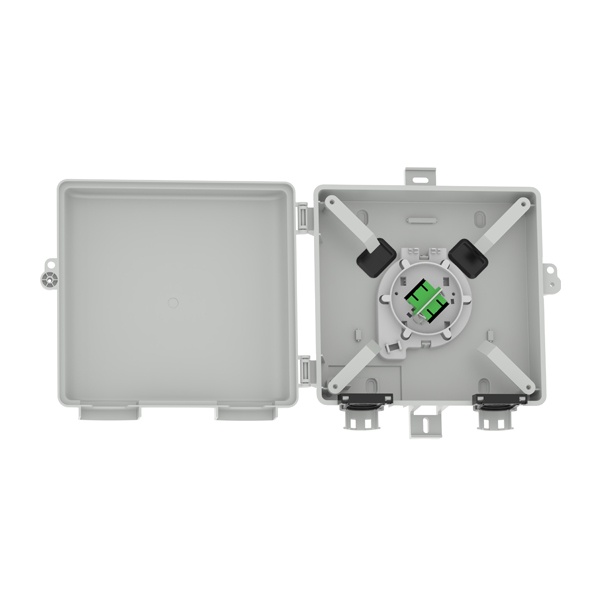
Cleaning and Maintenance
- Regularly clean the fiber endfaces with a dust-free tissue and alcohol, or use a cassette cleaner to remove stubborn stains.
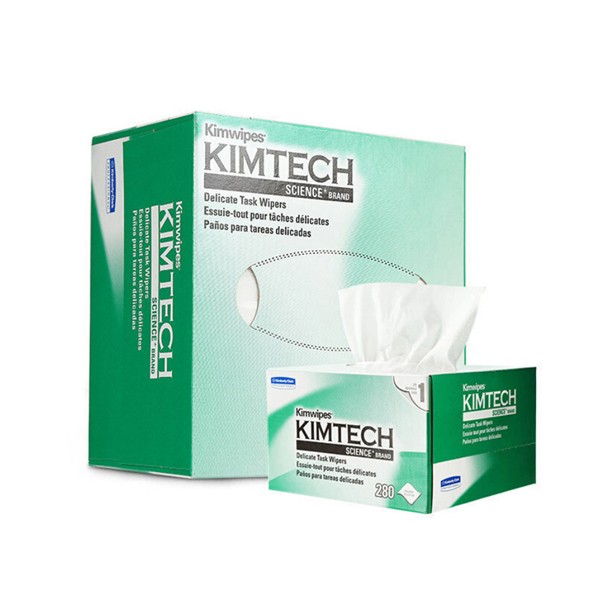
Conclusion
A high-quality fiber optic enclosure must meet three core requirements: a stable structure, satisfactory optical performance, and strong environmental adaptability. If specialized tools are unavailable, initial troubleshooting can be performed by replacing the cable (e.g., replacing a patch cord).

